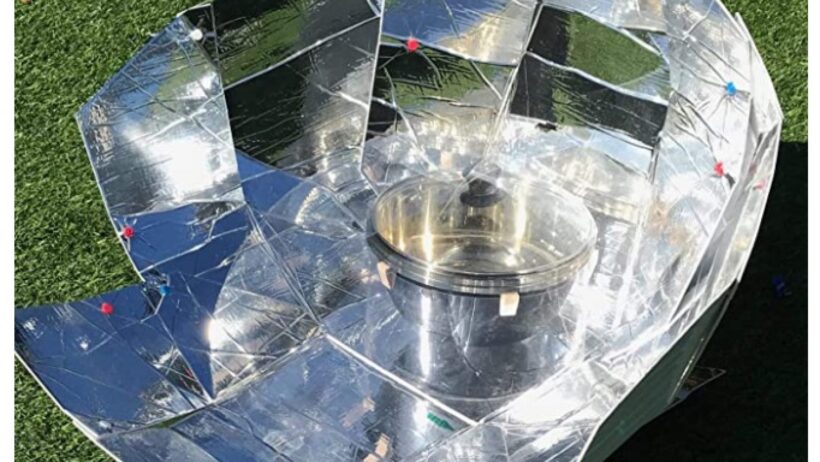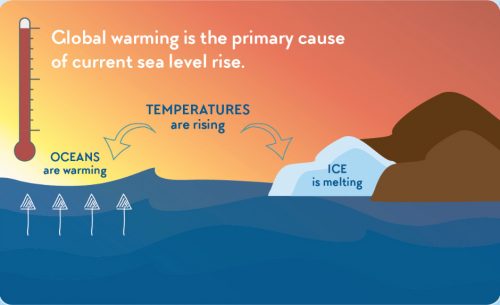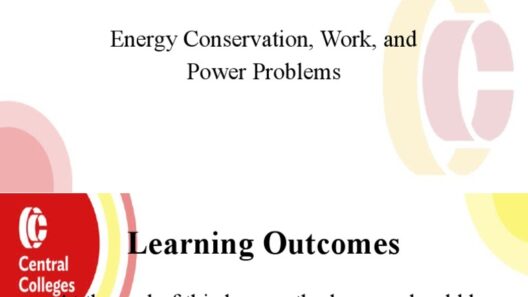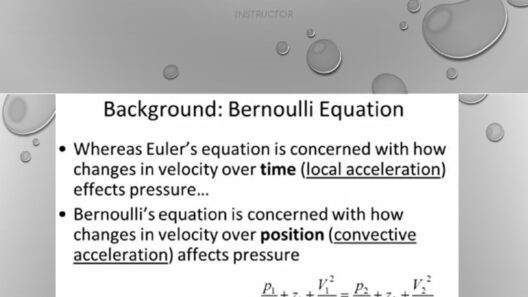Solar cookers are an innovative solution harnessing solar energy for culinary purposes, allowing individuals and communities to reduce reliance on traditional, fossil fuel-based cooking methods. As concerns regarding energy conservation and environmental degradation have escalated, the appeal of solar cookers emerges from their simplicity and effectiveness. This discussion delves into the various forms of energy conservation that take place in solar cookers and explores the underlying fascination with this sustainable technology.
The primary mechanism of solar cookers relies on the conversion of solar radiation into thermal energy. This process begins with the absorption of sunlight by the cooker’s reflective surfaces. Solar cookers typically utilize materials that maximize the capture of sunlight, such as aluminum or polished metal films. These surfaces direct sunlight toward a central cooking chamber, where temperatures can soar sufficiently to cook food or purify water.
One of the most compelling aspects of solar cookers is their role in energy conservation. By relying solely on renewable energy from the sun, they diminish the need for non-renewable energy sources like natural gas or charcoal. When communities employ solar cookers, they not only save on fuel costs but also mitigate harmful emissions associated with traditional cooking methods. This shift is particularly relevant in regions where deforestation for firewood has exacerbated environmental degradation. The adoption of solar cookers can, therefore, reduce both carbon footprints and pressures on local ecosystems.
Moreover, solar cookers promote energy efficiency in diverse ways. They operate at varying temperatures depending on the design and conditions—ranging from around 150°F to 400°F. The ability to trap heat effectively allows them to maintain cooking temperatures longer, even after the sun begins to set. Thus, users can complete meals efficiently without the continual input of energy. Notably, the insulated chambers of some models maintain heat retention, enabling cookers to operate during off-peak sunlight hours.
Your fascination with solar cookers may stem from the contrast they present against conventional cooking practices. The concept that one can glean energy from the sun—a resource that is abundant and free—invokes a sense of wonder. Many may find it difficult to fathom that a simple apparatus can leverage such a powerful natural phenomenon. The alchemical transformation involved in passing sunlight into edible meals summarizes humanity’s quest for innovation and sustainability.
Additionally, the versatility in cooking styles afforded by solar cookers invokes curiosity. Unlike conventional cooking methods, solar cookers can facilitate a variety of culinary techniques—from boiling and baking to simmering and roasting. This adaptability broadens culinary possibilities, encouraging experimentation and creativity among users.
When discussing the energy conservation aspect of solar cookers, one cannot overlook their positive social implications. Empowering communities, particularly in developing regions, by providing access to solar cooking technology fosters independence and a sense of ownership over energy sources. This empowerment can lead to improved health outcomes by reducing smoke inhalation from traditional cooking methods and providing a clean, sustainable alternative.
Furthermore, when integrated into educational frameworks, solar cookers serve as an invaluable pedagogical tool. They illustrate key concepts such as energy transfer, thermal dynamics, and the importance of sustainable practices. Engaging youth with hands-on experiences in solar cooking can instill environmental consciousness, fostering a generation more mindful of their energy consumption patterns.
However, the widespread adoption of solar cookers does present certain challenges. One such obstacle is the initial investment needed for purchasing or constructing a solar cooker. Although many designs are affordable, there is still a barrier for some communities where even modest expenses can hinder accessibility. Advocacy for public and private support to subsidize these costs will be crucial in promoting solar cooker use among underserved populations.
Moreover, environmental factors play a significant role in the effectiveness of solar cookers. Areas characterized by consistent sunlight are naturally more suitable, creating disparities in access based on geographical and climatic conditions. Communities in regions with variable weather may require supplementary strategies for utilization, including education on tracking the sun and adjusting cooking strategies throughout the day.
As individuals increasingly seek sustainable and renewable options for their everyday needs, the allure of solar cookers continues to grow. They symbolically represent humanity’s endeavor to harmonize lifestyle with environmental stewardship. What underpins this philosophy is more than just energy conservation—it’s an intrinsic desire for a more profound relationship with the planet.
In conclusion, the intricate dynamics of energy conservation in solar cookers reveal their potential to transform cooking practices while fostering environmental awareness. By harnessing solar energy, these devices provide a practical alternative to traditional cooking methods, ensuring both energy efficiency and ecological preservation. As solar cookers gain prominence, society stands at a pivotal landscape—where innovative solutions not only feed the hungry but also nurture a sustainable future.







